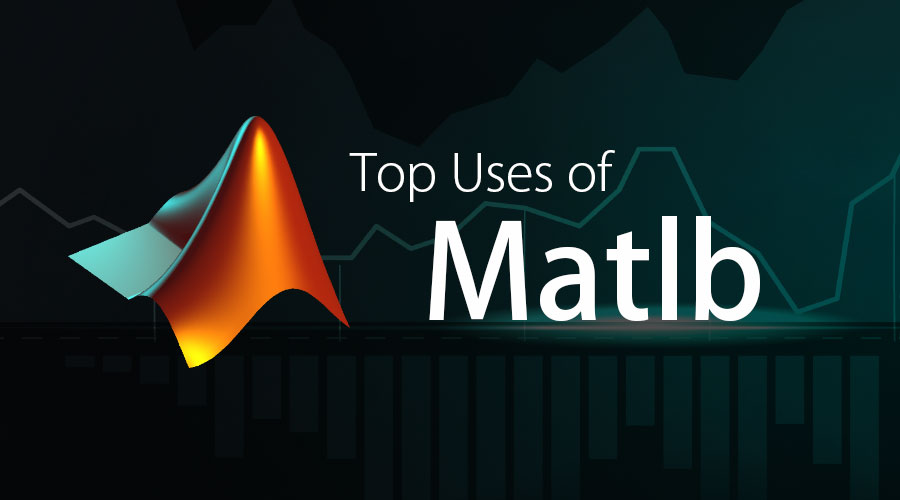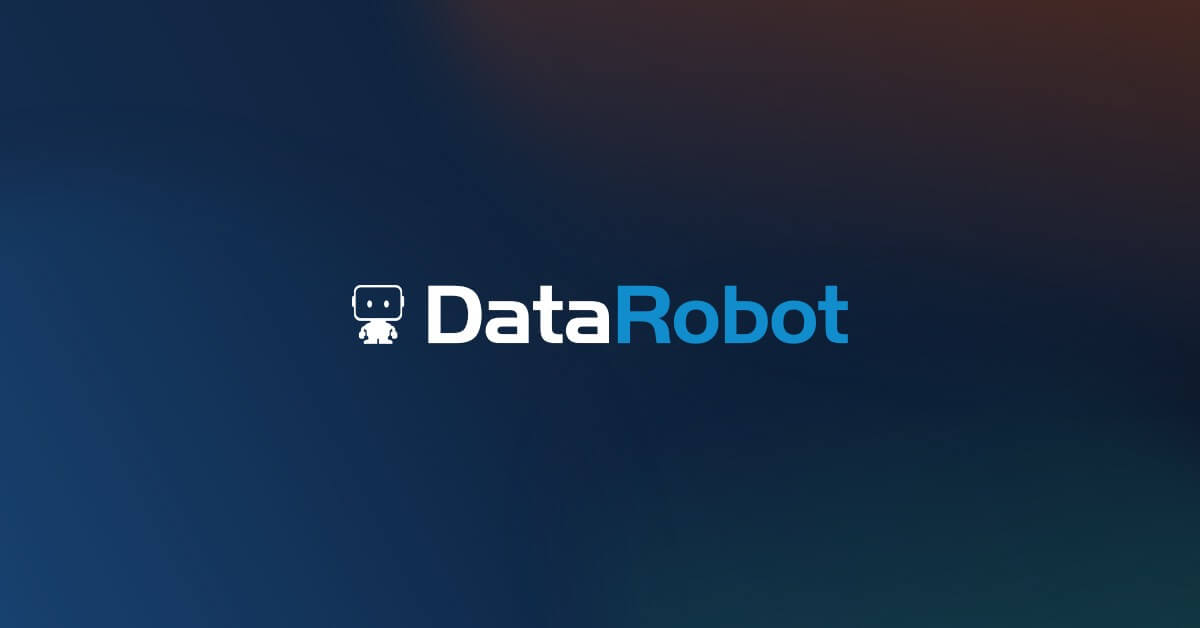1. Introduction
🔹 1.1 Overview of big data technologies and architectures
🔹 1.2 Understanding Talend’s role in big data integration and processing
🔹 1.3 Key features and components
🔹 1.4 Comparing Talend with other big data integration tools
2. Setting Up
🔹 2.1 Configuring its environments
🔹 2.2 Integrating Talend with Hadoop and Spark
🔹 2.3 Setting up its Platform
🔹 2.4 Understanding Talend’s big data components (e.g., tHDFSInput, tSparkJob)
3. Working with Hadoop and Spark
🔹 3.1 Overview of Hadoop and Spark ecosystems
🔹 3.2 Integrating Talend with Hadoop Distributed File System (HDFS)
🔹 3.3 Using Talend to process data with Apache Spark
🔹 3.4 Leveraging Spark SQL and Spark Streaming in Talend
4. Data Integration and Processing Techniques
🔹 4.1 Designing ETL workflows
🔹 4.2 Using Talend components for data extraction from big data sources
🔹 4.3 Transforming and processing large datasets efficiently
🔹 4.4 Loading data into big data storage systems
5. Optimizing Performance in Big Data Workflows
🔹 5.1 Techniques for optimizing data
🔹 5.2 Managing resources and performance tuning
🔹 5.3 Implementing parallel processing and distributed computing
🔹 5.4 Best practices for handling large-scale data volumes
6. Advanced Data Processing and Transformation
🔹 6.1 Implementing advanced data transformations with Talend
🔹 6.2 Using Talend’s big data components for complex data processing
🔹 6.3 Handling real-time and batch data processing
🔹 6.4 Managing data quality and data governance in big data environments
7. Integrating with Big Data Ecosystems
🔹 7.1 Connecting Talend with NoSQL databases (e.g., MongoDB, Cassandra)
🔹 7.2 Integrating with cloud-based big data services (e.g., AWS EMR, Google BigQuery)
🔹 7.3 Leveraging Talend’s connectors and components for various big data tools
🔹 7.4 Implementing data synchronization and integration patterns
8. Monitoring and Troubleshooting Big Data Jobs
🔹 8.1 Monitoring Talend job execution and performance
🔹 8.2 Analyzing and troubleshooting issues in big data workflows
🔹 8.3 Using Talend’s logging and error handling features
🔹 8.4 Best practices for maintaining and managing big data integrations
9. Case Studies and Real-World Applications
🔹 9.1 Analyzing case studies of big data projects using Talend
🔹 9.2 Lessons learned from real-world implementations
🔹 9.3 Innovative approaches and best practices in big data integration
🔹 9.4 Future trends and developments in big data technologies
10. Final Project: Building a Big Data Integration Solution
🔹 10.1 Designing and implementing a comprehensive big data integration solution using Talend
🔹 10.2 Integrating and processing large datasets with Hadoop and Spark(Ref: Hands-On Apache Spark with Java: Developing Big Data Applications)
🔹 10.3 Demonstrating performance optimization and advanced processing techniques
🔹 10.4 Presenting and reviewing project outcomes and solutions
11. Conclusion and Next Steps
🔹 11.1 Recap of key concepts and techniques covered in the course
🔹 11.2 Additional resources for further learning and certification
🔹 11.3 Career opportunities and advancement in big data and Talend
🔹 11.4 Staying updated with big data trends and Talend innovations







Reviews
There are no reviews yet.